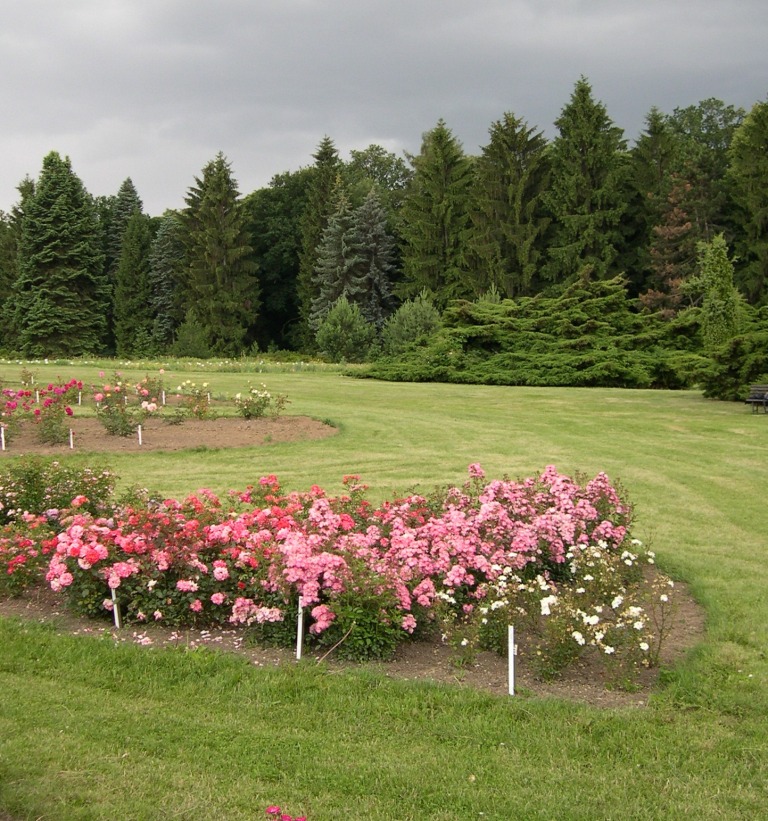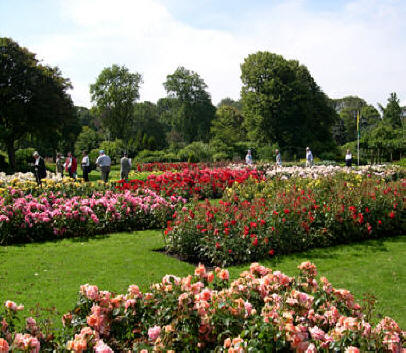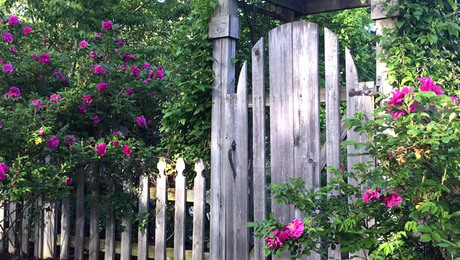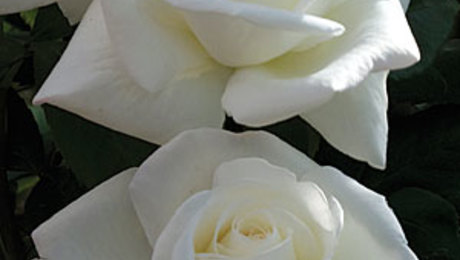
Photo: Paul Zimmerman Roses

Photo: Paul Zimmerman Roses
This is another in a series of posts on rose history. Besides being interesting, rose history can also help you understand how to use and care for roses in your garden, particularly that they have not always been “fussy”!
The post below picks up from our last one, What of Garden Roses?
Hint: To read past posts on rose history, simply click on the underlined word “History” toward the bottom of this post. You’ll see it right next to the phrase “Posted in.”
While still popular in the early part of the 20th century, rose growing no longer was set against the backdrop of the leisure time of the Victorian Era. Two wars, a depression, and the movement to the cities meant that attention was elsewhere.
However, after World War II, the United States in particular entered an era of unprecedented prosperity. The Marshall Plan meant that Europeans, too, would join in, although it would take longer. In addition, chemicals were suddenly cheap, popular, and naively considered safe to use. The vision of Leave It to Beaver, with mother June Cleaver tending roses in her skirt, pearls, and coiffed hair had arrived.
Hybrid teas were the rage, and the flower form of the Peace rose set the standard to be built upon. Cheap chemicals meant that disease resistance was not an issue. Many families had only one working parent, the soccer mom had yet to arrive on the scene, and homes in the suburbs meant space for gardening.
The demand was for high-centered hybrid teas on long stems, and the rose industry complied. Fragrance began to lose importance, as did disease resistance and vigor. Why worry about those when you could hop down to your local hardware store and buy DDT! Form was everything. Many roses really meant for the cut flower/exhibition market were sold as garden roses, which for the most part they were not.
Slowly but surely in the United States, roses went from being rugged shrubs to pampered garden divas corraled behind a boxwood hedge.
But meanwhile in Europe . . .
(stay tuned!)

















Comments
Log in or create an account to post a comment.
Sign up Log in